Disclosure: This article contains affiliate links. We may earn a commission from purchases at no extra cost to you, which helps our travel content.
The first time I stood beneath the imposing silhouette of El Ávila, I felt that familiar tug of curiosity that has pulled me toward mountains across five continents. This massive green guardian of Caracas rises like a verdant wall between city and sea, creating one of the most dramatic urban-mountain interfaces I've encountered. Locally known as Waraira Repano in indigenous Caribe language, meaning 'Sierra Grande', this mountain isn't just a geographical landmark—it's the soul of Caracas, a constant presence visible from nearly every corner of the city. Having tackled it during three separate visits to Venezuela, I've compiled this guide to help fellow adventurers experience what I consider one of South America's most underrated urban hiking experiences. Pack your boots and prepare for a journey that balances challenging terrain with breathtaking rewards.
Understanding El Ávila: Geography and Significance
El Ávila National Park spans approximately 85,000 hectares, with the mountain itself reaching 2,640 meters (8,661 feet) at Pico Naiguatá, its highest point. What makes this mountain particularly special is its dramatic rise from near sea level to alpine heights within such proximity to a major metropolis. The locals call it El Pulmón de Caracas—the lung of Caracas—and this isn't mere poetic license. The mountain creates its own microclimate, trapping clouds on its northern face while providing critical ecological services to the city below.
During my first visit in 2014, a local botanist explained that El Ávila hosts over 1,800 plant species, many endemic to this mountain system. The ecological zones transition dramatically as you ascend: from dry forest at the base through cloud forest at mid-elevations to páramo (high-altitude tropical alpine grasslands) near the summit. This biodiversity hotspot represents Venezuela's remarkable ecological wealth in miniature.
Culturally, El Ávila is woven into the identity of Caraqueños. When sketching the city's skyline from various vantage points, I've observed how the mountain serves as both backdrop and character in Caracas' urban story. On weekends, the mountain transforms into a social space where families, athletes, and nature lovers escape the city's intensity. The cable car (teleférico) that connects Caracas to the coastal region of Macuto further emphasizes the mountain's role in connecting disparate Venezuelan landscapes.
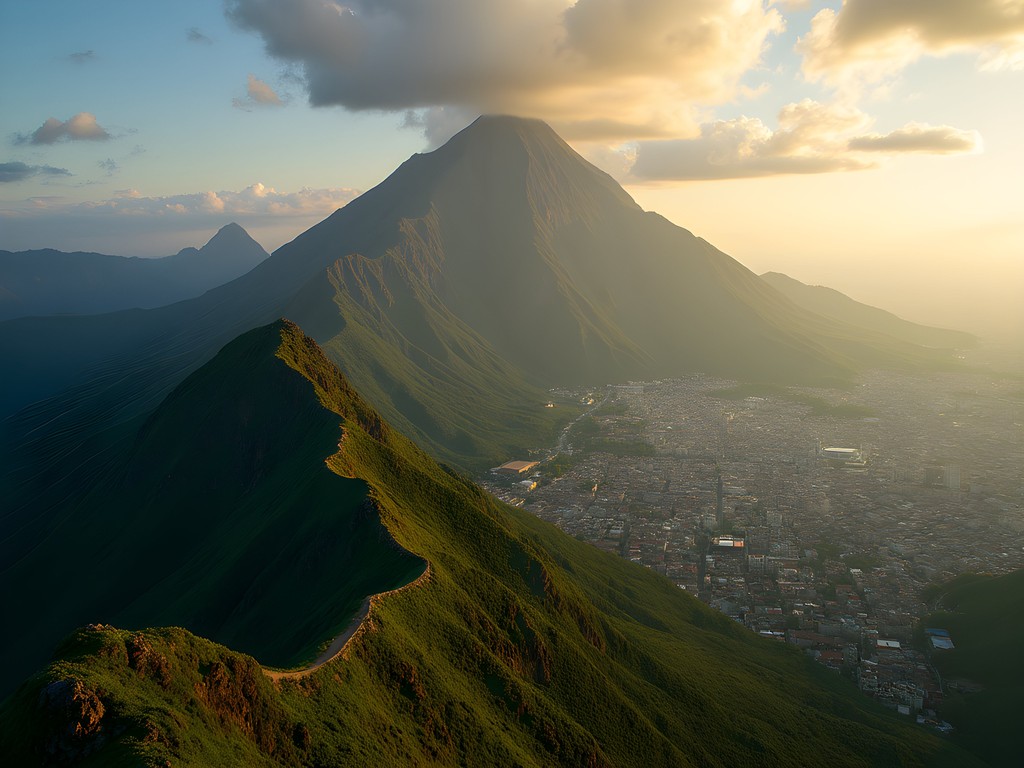
💡 Pro Tips
- The mountain is officially called Waraira Repano National Park, though most locals still refer to it as El Ávila
- The park contains over 200 bird species—bring binoculars if you're interested in birdwatching
- Visit the small museum at the teleférico station to learn about the mountain's ecological and cultural significance
Choosing Your Route: The Three Classic Ascents
Over my three visits to Caracas, I've tackled each of the primary routes up El Ávila, each offering distinct experiences and challenges. Your choice should depend on your fitness level, available time, and what aspects of the mountain you most want to experience.
1. La Sabana to Pico Ávila (Teleférico Route)
This is the most popular and accessible route, beginning at the entrance near the neighborhood of San Bernardino. The trail follows a well-maintained path that zigzags up the mountain's southern face. What makes this route special is how quickly you transition from urban noise to forest serenity—within 30 minutes, the city sounds fade entirely.
On my first ascent via this route, I was struck by how the vegetation changes with elevation—from cacti and dry-adapted plants near the base to increasingly lush cloud forest as you climb. The hike takes approximately 3-4 hours to reach the upper teleférico station at 2,135m, where a small complex offers restaurants and viewpoints.
2. Quebrada Quintero (The Adventurer's Route)
For those seeking a more challenging experience, Quebrada Quintero offers a steeper, less trafficked alternative. This route begins in the eastern part of Caracas and follows a stream bed before ascending more dramatically. The trail is less maintained, requiring occasional scrambling over rocks and roots—perfect for those seeking a more authentic wilderness experience.
During my ascent via this route, I relied heavily on my trekking poles to navigate the steeper sections. The extra stability they provided proved invaluable on the loose terrain. This route takes 4-5 hours and rewards hikers with more solitude and wilder landscapes.
3. Sabas Nieves to Los Venados (The Local's Favorite)
Beginning at the Sabas Nieves entrance in Altamira, this route offers perhaps the best balance of accessibility and wilderness experience. The lower section is quite popular with local fitness enthusiasts, but as you climb beyond the second refuge (Sabas Nieves II), the crowds thin considerably. The path to Los Venados station offers spectacular views of both the city and the Caribbean on clear days.
This was the route I took during my most recent visit, and I found the well-spaced refugios (small shelters) perfect for pacing the ascent. My hydration pack proved essential on this 5-6 hour journey, as water sources are limited and the Venezuelan sun can be unforgiving even in winter months.

💡 Pro Tips
- The Sabas Nieves route has two refuges with bathrooms and water points
- Quebrada Quintero requires better navigation skills—download offline maps before attempting
- All routes become significantly more challenging in rainy conditions—check weather forecasts carefully
Essential Preparation: Safety and Logistics
Hiking El Ávila requires thoughtful preparation, particularly for international visitors unfamiliar with Venezuelan conditions. Having made some mistakes during my first visit that I corrected in subsequent trips, I can offer guidance that goes beyond the typical advice.
Security Considerations
Let's address the elephant in the room: Caracas has security challenges that travelers should acknowledge. However, El Ávila itself is generally considered safe for hiking, particularly if you follow some basic precautions. Hike in groups when possible, start early (I recommend beginning no later than 8:00 AM), and avoid carrying obviously valuable items. On all three of my visits, I encountered nothing but friendly locals eager to share their mountain with visitors.
I've found that hiring a local guide for your first ascent provides both security and enriches the experience through local knowledge. The Asociación Venezolana de Guías de Montaña can connect you with certified guides who know the mountain intimately.
Weather and Timing
El Ávila creates its own weather patterns, with the northern slope often cloud-covered while the southern side facing Caracas remains clear. The dry season (December to April) offers the most reliable conditions, with January and February providing particularly clear views. Even in winter, however, afternoon thunderstorms can develop rapidly.
On my second visit, I learned the hard way that starting too late can mean encountering afternoon fog that obscures the spectacular views that make the climb worthwhile. For photography enthusiasts like myself, early morning starts (around 6:00 AM) provide the best light for capturing both the mountain and city vistas.
Essential Gear
Despite being close to a major city, El Ávila demands proper hiking equipment. The temperature difference between Caracas and the upper elevations can be substantial—I've experienced drops of 10-15°C (18-27°F).
My essential gear list includes:
- Sturdy hiking boots with ankle support
- Layered clothing (I always pack a lightweight but warm fleece jacket even on seemingly warm days)
- Minimum 2 liters of water
- High-energy snacks (local markets sell delicious panelas - raw sugar blocks - that provide excellent energy)
- Rain shell (afternoon showers can develop quickly)
- Sun protection (the Venezuelan sun is intense, even in winter)
- Basic first aid supplies
- Fully charged mobile phone (there is surprisingly good coverage on most of the mountain)
For serious photographers, I recommend bringing a lightweight tripod for capturing the dramatic city lights if you plan to descend near sunset, though this requires careful timing and preferably a guide familiar with night descents.
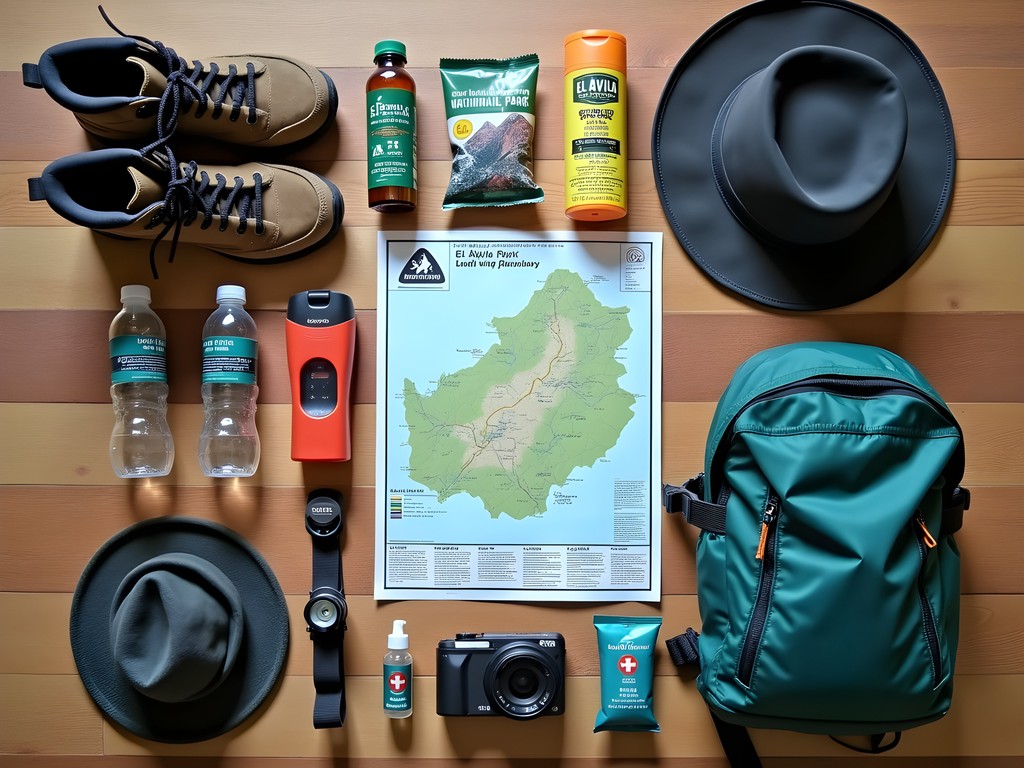
💡 Pro Tips
- Register with park officials at the entrance—this safety measure ensures someone knows you're on the mountain
- Carry some local currency for emergencies or refreshments at the refugios
- The national park officially opens at 7:00 AM, but locals often start hiking earlier—arriving at entrance points before official opening can allow earlier access
Summit Experiences: What Awaits at the Top
After hours of ascent through changing ecosystems, reaching El Ávila's higher elevations delivers experiences that make every step worthwhile. The summit areas offer distinctly different rewards depending on which destination you choose.
Pico Ávila and the Teleférico Complex
Reaching the upper teleférico station at Pico Ávila (2,135m) feels like arriving at an island in the sky. The contrast between the physical exertion of the climb and the suddenly civilized environment—complete with restaurants and souvenir shops—creates an almost surreal transition. On weekends, this area bustles with both hikers who have made the ascent and day-trippers who have taken the cable car from below.
During my first visit, I was initially disappointed by the commercial development at the top—until I walked just 15 minutes away from the main complex. The crowds quickly thin, and you can find spectacular viewpoints in relative solitude. One of my favorite spots lies along the trail toward the Hotel Humboldt, where a natural rock outcropping provides panoramic views of both Caracas and the Caribbean coast.
The historic Hotel Humboldt itself deserves exploration—this mid-century architectural gem has a fascinating history tied to Venezuela's boom years. Though it has gone through periods of abandonment and restoration, its retro-futuristic design remains captivating. I spent an hour sketching its distinctive silhouette against the mountain backdrop.
Los Venados: The Wilderness Experience
For those seeking a more natural summit experience, the Los Venados station offers a perfect alternative. Located at approximately 1,800m, this area features a small refuge rather than commercial development. The surrounding cloud forest here is enchanting, often shrouded in mist that parts occasionally to reveal spectacular views.
During my visit to Los Venados, I encountered several species of hummingbirds darting among flowering plants. My compact binoculars proved invaluable for wildlife observation here—the mountain hosts over 100 bird species, many endemic to the region.
Pico Naiguatá: For the True Adventurer
At 2,640m (8,661ft), Pico Naiguatá represents the ultimate El Ávila challenge. This summit requires significantly more preparation, typically involves an overnight stay, and should only be attempted with experienced guides. Though I haven't personally reached this summit, fellow hikers I met described the terrain as increasingly alpine, with páramo vegetation and rock scrambling required near the top.
The views from Naiguatá are reportedly unparalleled, offering vistas that stretch far along the Caribbean coast and deep into the Venezuelan interior on clear days. This remains on my list for a future visit, when I can allocate the necessary 2-3 days for a proper attempt.
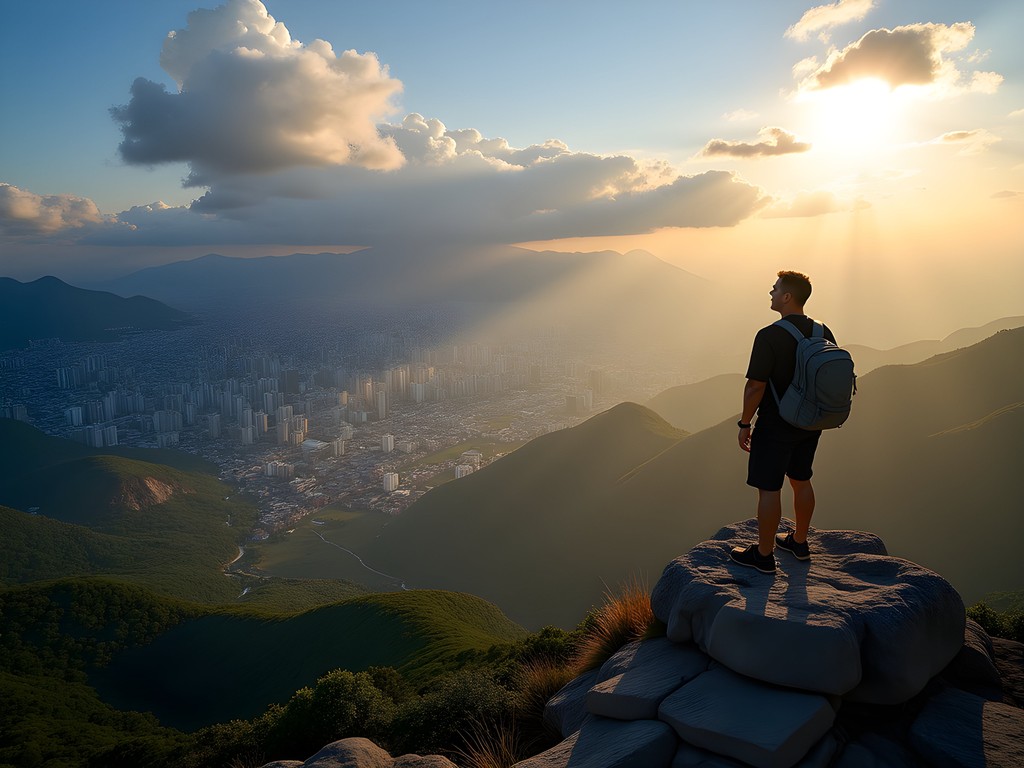
💡 Pro Tips
- At the teleférico complex, food prices are significantly higher than in the city—bring your own lunch to save money
- The early morning hours (before 10 AM) and late afternoon (after 4 PM) offer the best photography light and clearest views
- Carry an extra layer even on clear days—cloud and fog can envelop the summit quickly, dropping temperatures dramatically
Cultural Encounters: The Human Side of El Ávila
What makes El Ávila truly special isn't just its natural splendor but the human connections and cultural dimensions that unfold along its slopes. As an artist drawn to cultural intersections, these aspects of the mountain have fascinated me across multiple visits.
The Sunday Pilgrimage
Visit El Ávila on a Sunday morning and you'll witness what amounts to a cultural institution for Caraqueños. Families, fitness enthusiasts, elderly couples, and youth groups all make their way up the mountain in a weekly ritual that transcends mere exercise. During my Sunday hike on the Sabas Nieves route, I joined this multi-generational procession and found myself welcomed into conversations despite my obviously foreign appearance.
One memorable encounter was with an elderly gentleman in his 70s who told me he had hiked the mountain every Sunday for over 40 years. "El Ávila knows more about me than any priest," he joked as we shared a rest stop. These weekly pilgrimages represent a fascinating cultural resilience—even during Venezuela's most challenging economic periods, this tradition has continued unabated.
Mountain Vendors and Local Flavors
Along popular routes, especially on weekends, you'll encounter local vendors selling everything from fresh fruit to traditional Venezuelan snacks. At Sabas Nieves I, a woman has sold fresh jugo de caña (sugarcane juice) from the same spot for decades. The sweet, refreshing drink costs little but delivers perfect natural energy for the climb.
Near Los Venados, I met a man selling tequeños (Venezuelan cheese sticks) that he carried up in an insulated container. These fresh, warm cheese-filled pastries tasted infinitely better at altitude after hours of hiking than any energy bar could hope to match.
These micro-economies represent important income sources for local families while enhancing the hiking experience. Bringing small denominations of local currency allows you to support these traditions.
Artistic Heritage
As an artist, I was drawn to the creative expressions that appear throughout the mountain. Near the Quebrada Quintero route, local artists have created small installations using natural materials—stone arrangements and sculptural interventions that complement rather than intrude upon the landscape.
The mountain has also inspired generations of Venezuelan painters, poets, and musicians. During my most recent visit, I was fortunate to meet a local watercolorist capturing the interplay of light through the cloud forest. We exchanged techniques and perspectives on how mountains shape creative vision across cultures.
For those interested in this artistic heritage, the small museum at the teleférico station displays works inspired by El Ávila throughout Venezuelan art history, providing cultural context that deepens appreciation of the landscape.
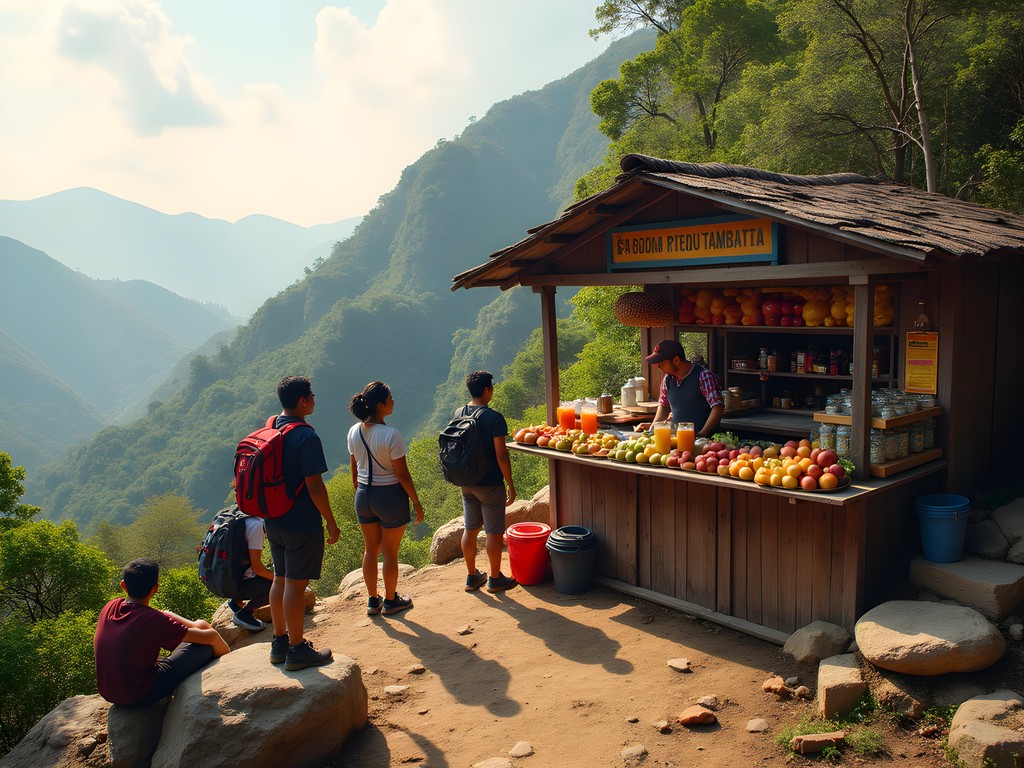
💡 Pro Tips
- Learn a few basic Spanish phrases—locals appreciate the effort and are often more willing to share their mountain knowledge
- Sunday mornings see the mountain at its most social—go then if you want cultural immersion, or weekdays if you prefer solitude
- Ask vendors about their history with the mountain—many have fascinating stories that span decades of El Ávila's changing circumstances
Final Thoughts
El Ávila stands as a testament to the extraordinary relationship between a city and its mountain—a relationship I've rarely seen matched in my travels across five continents. More than just a hiking destination, it represents the resilience of both nature and Venezuelan culture through changing times. As I sketched the mountain's profile from my hotel room on my final morning in Caracas, I reflected on how El Ávila offers something increasingly rare in our hyperconnected world: an authentic wilderness experience accessible by public transportation from a major metropolitan center.
Whether you're drawn to challenging hikes, cultural connections, or simply the need to find perspective above the urban rhythm, El Ávila delivers with a distinctly Venezuelan character. As the locals say, "No conoces Caracas hasta que conoces El Ávila"—you don't know Caracas until you know El Ávila. I invite you to discover both.
✨ Key Takeaways
- El Ávila offers world-class hiking with multiple route options suitable for different experience levels
- Proper preparation regarding timing, security, and equipment ensures a safe and rewarding experience
- The mountain represents both an ecological treasure and a cultural institution for Caracas
- Winter months (December-April) provide the most reliable weather conditions for summit attempts
📋 Practical Information
Best Time to Visit
December to April (dry season), with January and February offering the clearest views
Budget Estimate
$10-30 USD per day (excluding accommodations) depending on transportation and guide needs
Recommended Duration
Full day (7-9 hours) for most summit routes; 2-3 days for Pico Naiguatá
Difficulty Level
Moderate To Challenging Depending On Route Choice And Fitness Level

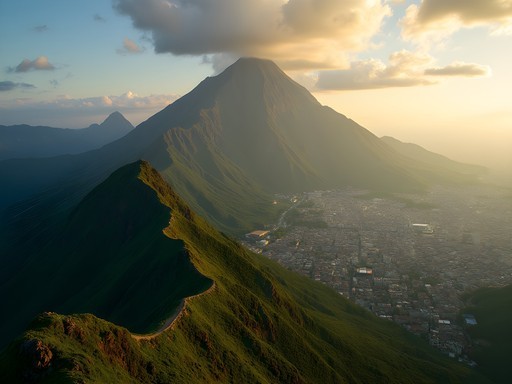
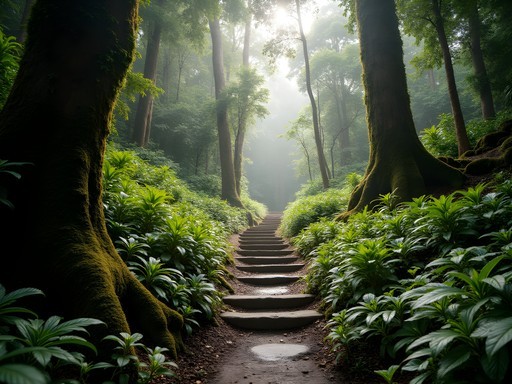
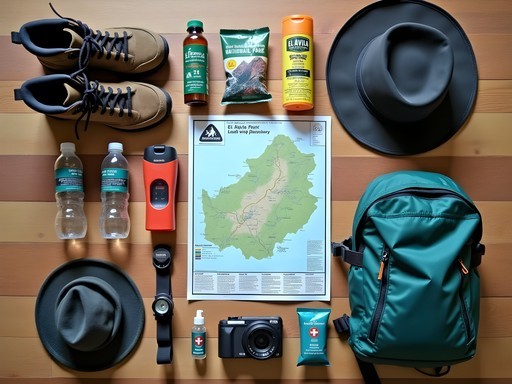
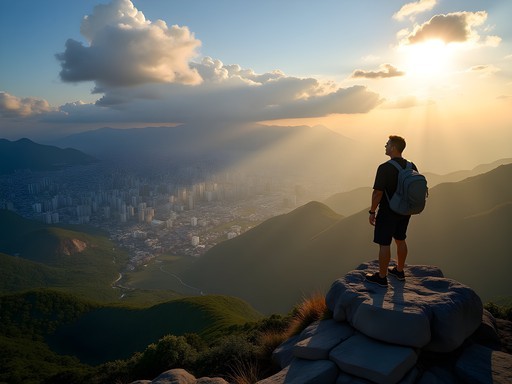
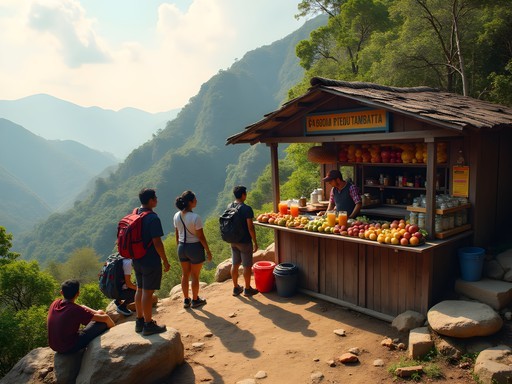


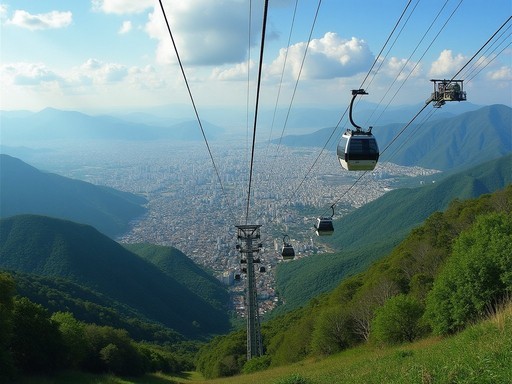
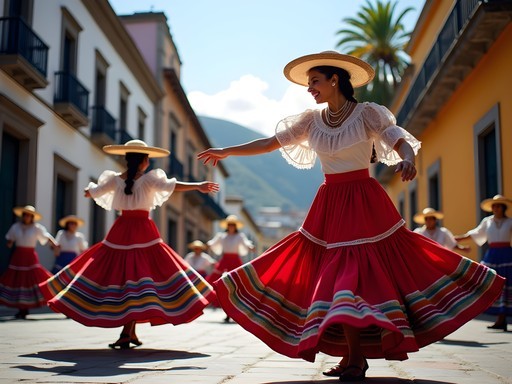
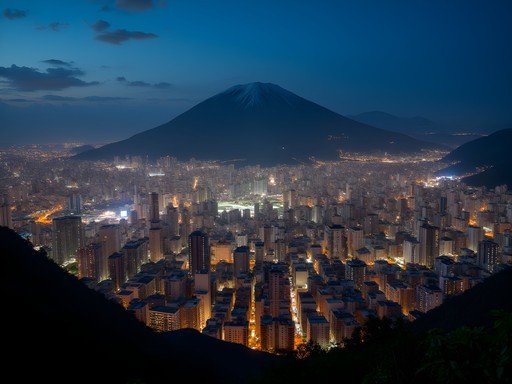

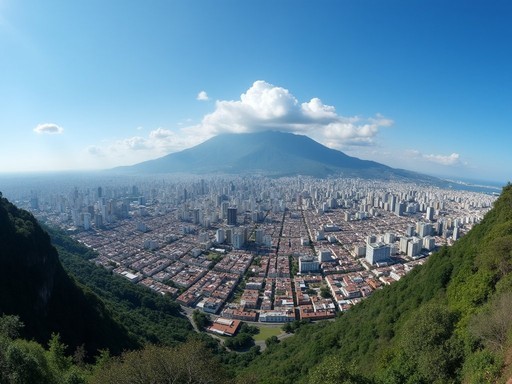
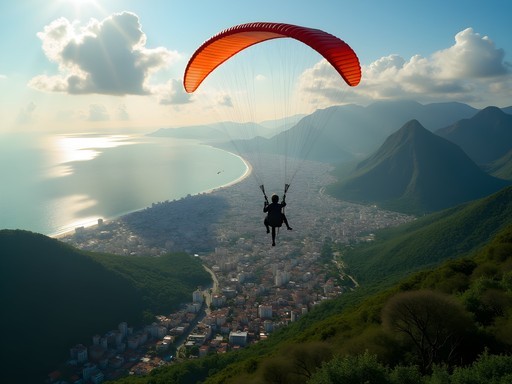
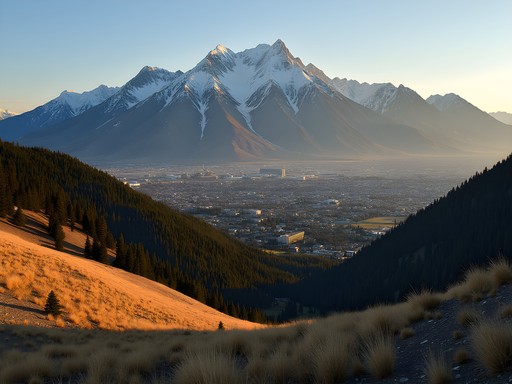

Comments
islandexplorer2824
If you're short on time but still want the El Ávila experience, take the teleferico up and then hike the trails near the upper station. There are several 1-2 hour loop trails with amazing views and you'll still get a taste of the mountain without the full-day commitment. Just check the teleferico schedule in advance as it sometimes closes for maintenance without much notice.
journeyguide
Best view of Caracas, hands down! 👍
greenqueen
How's the safety situation for solo female hikers? I'll be in Caracas next month and would love to do this hike but not sure about going alone.
islandexplorer2824
I'd recommend joining one of the weekend group hikes that leave from Sabas Nieves entrance. There's usually a bunch of locals heading up on Saturday mornings. Super friendly and safety in numbers!
Amit Sanchez
Great question! As islandexplorer mentioned, the weekend group hikes are perfect. There's also a Facebook group called 'Senderistas de Caracas' where people organize hikes. The main trails are generally safe during daylight hours on weekends when there are plenty of locals around.
Oliver Duncan
Brilliant write-up, Amit! El Ávila reminds me of my experience hiking in the hills around Quito - that same incredible juxtaposition of urban landscape and wild terrain. I took the La Julia route last February and can confirm it's definitely the road less traveled. We only saw three other hikers the entire day! One crucial tip: the weather changes FAST on that mountain. I started in sunshine and ended in thick fog. My waterproof jacket was an absolute lifesaver when an afternoon shower hit us about 30 minutes from the summit. Would love to try the teleferico route next time!
starseeker
Was La Julia really that empty? That sounds perfect for avoiding crowds!
Oliver Duncan
Completely empty on a Tuesday! Just make sure you have good navigation skills or go with someone who knows the trail. It's not as well-marked as Sabas Nieves.
wintergal
I hiked El Ávila last year with some Venezuelan friends. We took the Sabas Nieves route and it was challenging but so worth it! The cloud forest section was like something out of a fairy tale. One thing Amit didn't mention - bring cash for the little food stands near Sabas Nieves entrance. The fresh fruit juices saved me on the way back down!
journeyguide
Those fruit stands are the best! I practically lived on their fresh mango juice.
wintergal
Right?! The pineapple one was my favorite. Perfect after that steep climb!
starseeker
Wow! Those views from the summit are absolutely breathtaking! Adding this to my bucket list right now!
Sarah Powell
Amit, your description of the cloud forest section brought back so many memories! The biodiversity on El Ávila is truly remarkable - I counted over 20 bird species during my ascent. One aspect I'd emphasize for visitors is the temperature variation. The mountain creates its own microclimate, and I experienced everything from humid warmth at the base to cool mist in the cloud forest to surprisingly chilly winds at the summit. Layering is absolutely essential. Also worth noting: the mountain has significant cultural importance to Caraqueños beyond just recreation. Our local guide shared fascinating stories about how El Ávila has featured in Venezuelan literature, music, and even political history. It's not just a hiking destination but a national symbol.
sunsetmaster
How long does the hike typically take? Is it possible to do it in half a day or should I plan for a full day adventure?
waveguy
Depends on your route and pace. La Sabana took us about 3.5 hours up, but we're fairly quick hikers. I'd recommend planning a full day so you can enjoy time at the top. The views are worth lingering for! Don't forget your hydration pack - you'll need plenty of water.
islandfan
Those views from the top look amazing! Adding this to my bucket list!
coffeeadventurer8357
This looks incredible! I'm planning to visit Caracas in November. Which route would you recommend for someone who's reasonably fit but not a hardcore hiker? And is it possible to do this solo or better with a guide?
Sarah Powell
Not Amit, but I did El Ávila last year. For moderate fitness, I'd suggest Sabas Nieves to Los Venados - it's well-marked and popular with locals. While technically doable solo, I'd recommend finding a hiking buddy or small group, especially for your first time. The Avila Joven organization sometimes organizes group hikes that you can join. Weather shifts quickly up there, so carry layers regardless of which route you choose!
coffeeadventurer8357
Thanks Sarah! That's super helpful. Will look up Avila Joven for sure. Did you use the teleférico to come down or hike both ways?
Sarah Powell
I hiked up and took the teleférico down - your knees will thank you! Just check the schedule in advance as it sometimes closes for maintenance.
Venture X
Premium card with 2X miles, $300 travel credit, Priority Pass